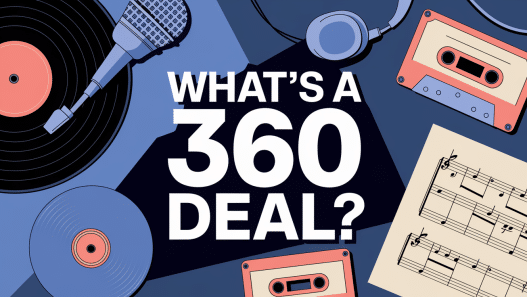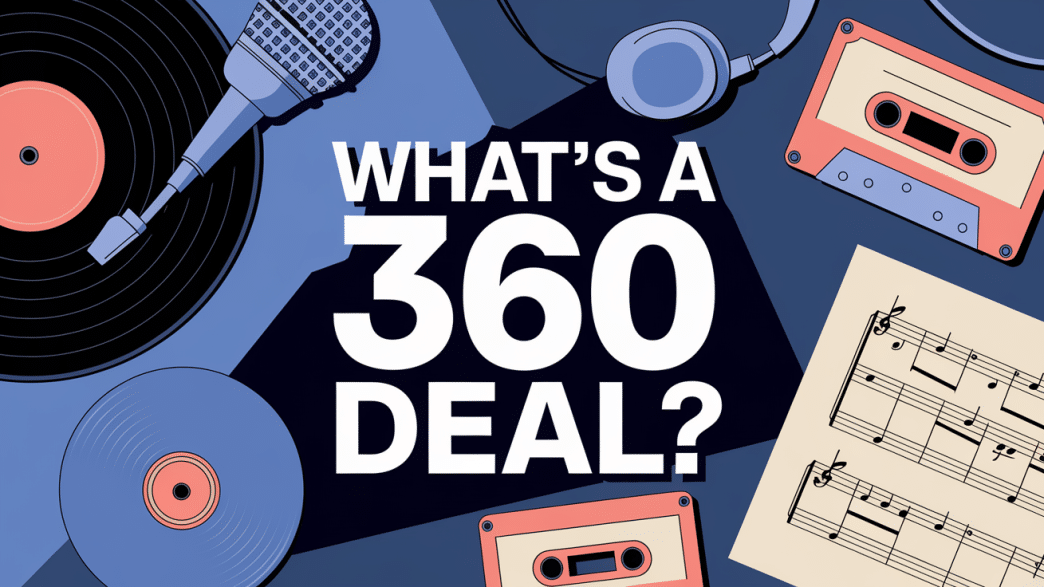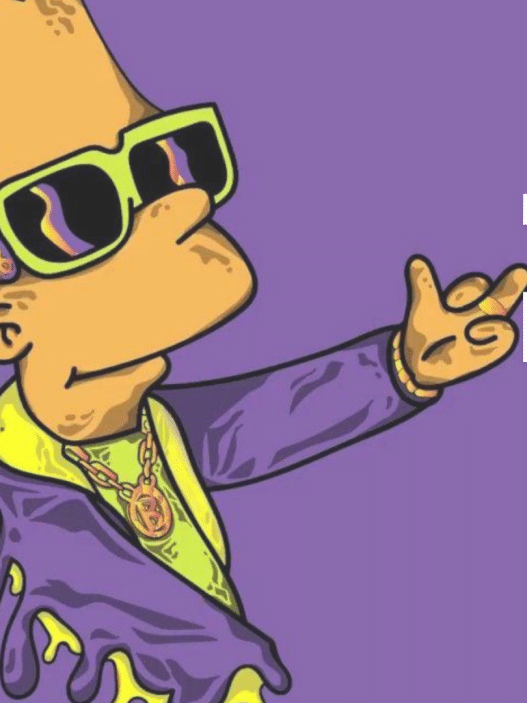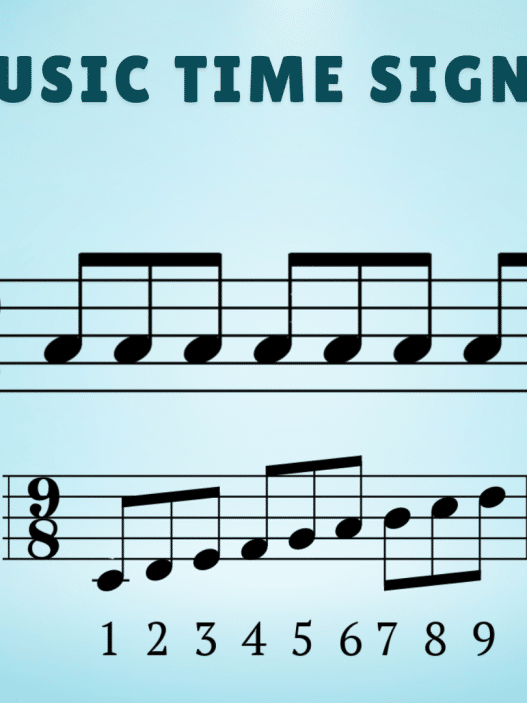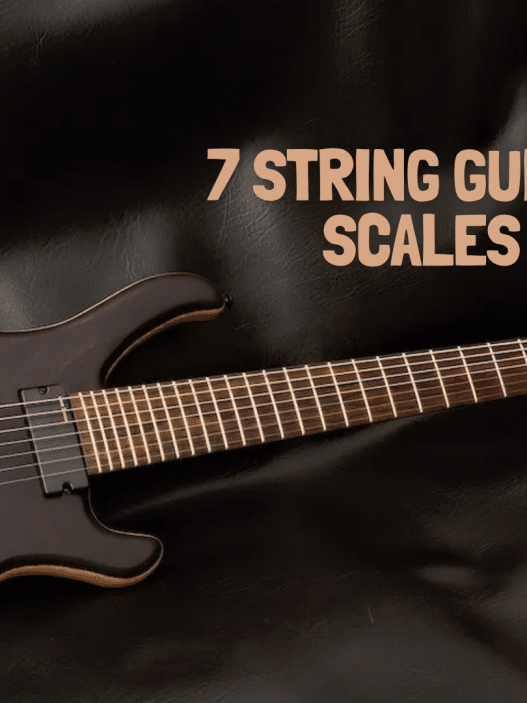Do you think record deals are just about music sales? Think again. Labels now want a piece of your entire brand.
Welcome to the world of 360 deals, where contracts stretch far beyond traditional album agreements. These modern deals cover everything from touring and merch to endorsements and social media earnings.
In this blog, you’ll learn what a 360 deal is, how it functions, what percentages are typical, and which artists have benefited or struggled under these contracts.
From rising newcomers to seasoned musicians guarding their careers, this guide will help you make your next big move with confidence.
What is a 360 Deal in the Music Industry?
A 360 deal is a music contract where record labels collect percentages from multiple artist revenue streams, not just record sales. The “360” name reflects its comprehensive approach, creating a complete circle around the artist’s income sources.
Unlike traditional deals that focused solely on album sales, 360 agreements let labels tap into concert revenue, merchandise, endorsements, publishing, and other income channels. These deals emerged as digital downloads and streaming reduced traditional record sale profits.
Labels justify these broader arrangements by arguing that their marketing investment and expertise enhance an artist’s overall brand value and career opportunities beyond just selling music.
How Does a 360 Deal Work?

A 360 deal is a revenue-sharing contract where artists give their label percentages from multiple income streams. The label provides an advance (essentially a loan) that must be recouped before artists receive additional payments.
Labels typically collect 10-25% from various revenue sources, including:
- Recorded music (15-25%)
- Live performances (10-25%)
- Merchandise (15-35%)
- Endorsements (15-35%)
- Media appearances (10-20%)
- Publishing rights (15-30%)
- Digital content (15-30%)
For instance, if an artist with a 20% deal earns $100,000 from touring, the label takes $20,000. Percentages vary based on artist leverage, advance size, investment scope, and contract length. Established artists might negotiate 5-15% rates, while new artists often face 20-35%.
360 Deal Percentages: A Comprehensive Breakdown
A 360 deal (also called a “multiple rights deal”) allows record labels to receive a percentage of income from virtually all of an artist’s revenue streams, not just record sales. Here’s a more detailed breakdown of typical percentages:
Standard Percentage Ranges by Revenue Stream
- Recorded Music: 15-25% of net profits (after recouping production and marketing costs)
- Live Performances: 10-25% of net touring income
- Merchandise: 15-35% of net merchandise revenue
- Publishing: 15-30% of publishing income
- Endorsements/Sponsorships: 15-35% of brand partnership revenue
- Acting/Appearances: 10-20% of income from film, TV, or paid appearances
- Digital Content: 15-30% of streaming platform revenue, social media monetization
- Fan Clubs: 10-25% of fan club subscription revenues
Factors Influencing Percentage Rates

The percentage a label takes in a 360 deal isn’t fixed; it varies depending on several factors. Here’s a breakdown of what influences these rates:
| Factor | How It Influences the Percentage |
|---|---|
| Artist Leverage | Established artists may secure lower rates (5–15%), while newcomers often face higher cuts (20–35%). |
| Advance Size | Larger advances (e.g., $1M) usually come with higher percentages (25–30%); smaller advances (e.g., $50K–$100K) fall around 15–20%. |
| Contract Length | Longer contracts (5+ years) might offer reduced percentages over time as an incentive. |
| Market Competition | If multiple labels are bidding, rates may drop by 5–10% across categories to attract the artist. |
| Investment Scope | High-label investment (e.g., $500K+ in marketing) often justifies higher percentage claims. |
| Service Provision | Labels offering support with touring, merch, or branding may take an extra 5–10% in those areas. |
| Territory Coverage | Global deals typically result in higher percentages compared to regional contracts. |
| Sunset Provisions | Some contracts include gradual percentage drops—e.g., 25% at the start, decreasing by 5% every two years. |
Percentages in 360 deals aren’t one-size-fits-all; negotiation, artist status, and label investment all play a role.
What Does a 360 Deal Cover?
A 360 deal is a music contract where labels take percentages from multiple artist revenue streams beyond just record sales. These typically include:
- Merchandise (clothing, posters)
- Live performances and touring
- Publishing and songwriting royalties
- Digital content (YouTube, streaming)
- Brand partnerships and endorsements
- Acting/media appearances
- Books and publications
The specific revenue streams covered vary by contract. Artists may negotiate to exclude certain income sources, particularly if they had established revenue streams before signing. Contract specifics are critical, so careful review is essential before signing.
Artists Who Signed a 360 Deal
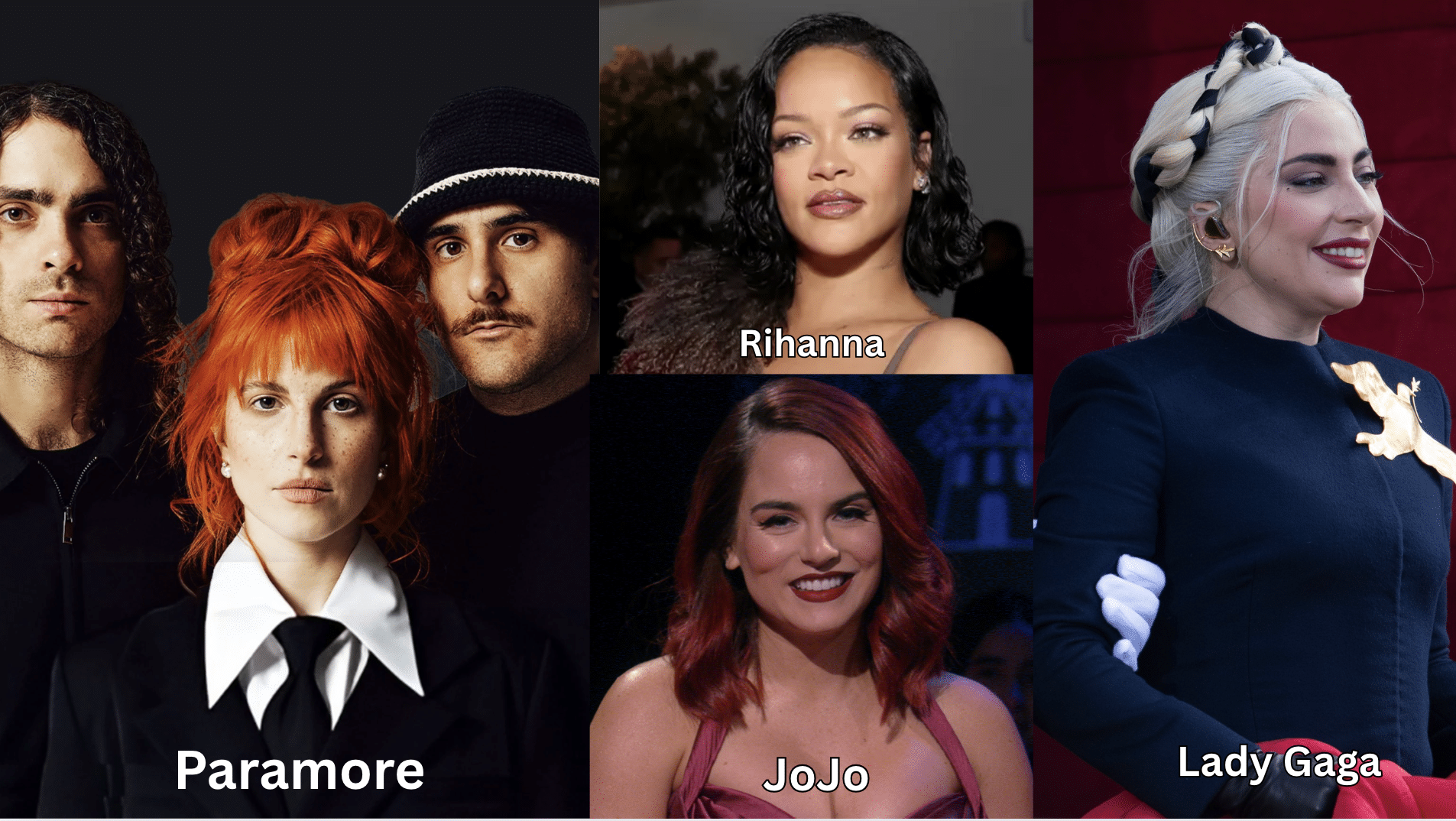
The 360 deal has become a common arrangement where labels invest in artists while taking percentages from multiple revenue sources. Several musicians have entered these agreements with varied results.
-
Paramore: Signed with Atlantic Records; received substantial support for production, touring, and marketing; shared percentages from merchandise and touring; arrangement worked due to commercial success
-
Rihanna: Deal with Roc Nation included 360 aspects; shared portions of various income streams; offset by massive wealth from fashion and beauty ventures
-
Lady Gaga: Early career 360 deal funded elaborate productions and marketing; investment benefited her as visual style became central to brand value
-
JoJo faced years of legal disputes over her 360 deal; prevented from releasing new music during key career years
-
Key factors in success: contract terms, artist popularity, and how effectively the label delivers promised support and promotion
Why Artists Sign (or Avoid) 360 Deals
Artists at different career stages approach 360 deals differently based on their specific needs and circumstances.
-
New Artists Often Choose 360 Deals Because:
- Need financial backing and industry connections
- Gain access to professional teams and distribution networks
- Receive upfront money to create music full-time
- Benefit from label’s marketing expertise
-
Established Artists Often Avoid 360 Deals Because:
- Can maintain greater control and maximize profits
- Have already built independent fanbases
- Can handle functions traditionally managed by labels
- Can use digital platforms for distribution without giving percentages
-
Deciding Factors Include:
- Financial situation and need for immediate funds
- Current career stage and existing fan support
- Genre-specific production requirements
- Personal business knowledge and comfort
- Long-term creative and career goals
The decision to sign a 360 deal should be based on an artist’s specific situation, with careful consideration of both short-term needs and long-term career objectives.
Pros and Cons of 360 Deals

360 deals come with powerful perks and significant trade-offs. Here’s a quick side-by-side look at what artists gain—and what they risk losing.
| Pros | Cons |
|---|---|
| Larger upfront financial support | Smaller share of total earnings |
| Coordinated, multi-platform promotion | Less control over business decisions |
| Access to top industry professionals | Long-term contract obligations |
| Help with business and admin tasks | The label may prioritize profit over artistry |
| Global distribution and exposure | Cross-collateralization of earnings |
Bottom line: A 360 deal can launch a career or limit it—depending on how it’s structured and who it’s for. Always review the fine print.
How to Spot a Fair 360 Deal
When negotiating a 360 deal, artists should focus on several critical contract elements to protect their long-term interests and gain the necessary support.
- Clear advance structures with transparent recoupment terms
- Defined contract periods with reasonable exit options
- Fair percentage rates that match the label’s actual contribution to each revenue stream
- Specific marketing commitments in writing, not vague promises
- Music industry attorney to review contract and identify problematic clauses
- Sunset provisions that reduce label percentages over time or after profit thresholds
With careful attention to these key factors and professional legal guidance, artists can secure more balanced agreements that provide industry support without sacrificing future earning potential.
Alternatives to 360 Deals
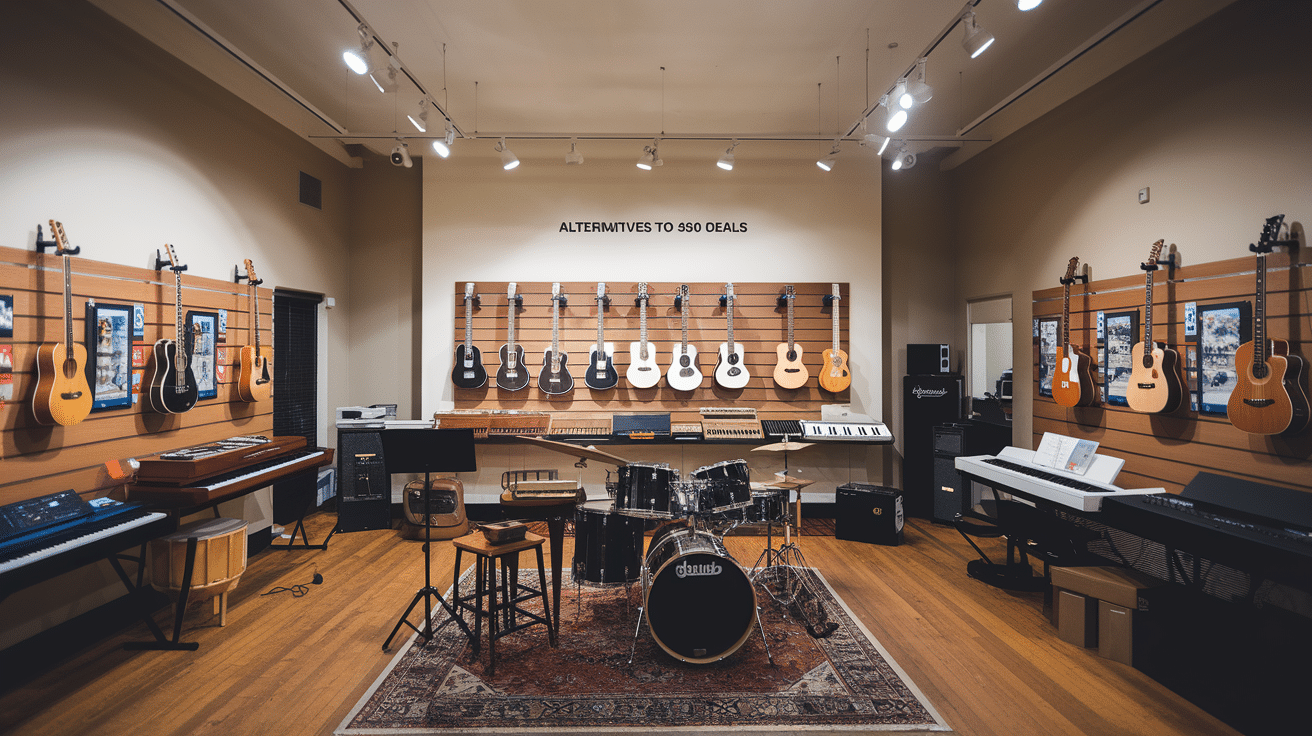
Musicians aren’t limited to 360 deals; several flexible options are available that offer more control and different levels of label involvement.
| Alternative | How It Works | Key Benefits |
|---|---|---|
| Going Fully Independent | Artist handles everything—recording, promotion, and distribution—without a label. | Full creative and financial control; 100% of profits. |
| Distribution-Only Deal | Artist owns their music but use a company’s distribution network for release. | Keeps rights; the label only takes a cut of sales (not touring or merch). |
| Joint Venture | Artist and label partner equally, sharing investment and profit. | More control and better negotiation power; flexible terms. |
| Development Deal | Short-term agreement where a label helps nurture new talent. | Low commitment; guidance and resources without full contract obligations. |
Choosing the right alternative depends on the artist’s goals, resources, and level of experience in the music business.
Conclusion
360 deals have redefined the relationship between artists and labels. They offer big opportunities, financial backing, global exposure, and industry support, but they also come with strings attached. From reduced earnings to loss of creative control, the fine print matters more than ever.
Understanding the structure, percentages, and long-term implications is essential before signing. The good news is that you have options: joint ventures, distribution-only deals, or going fully independent may better suit your goals.
The music industry is evolving. Make sure you’re growing with it wisely, strategically, and with your best interests protected.
Have you signed a deal or turned one down? Share your story in the comments; we’d love to hear from you.
Frequently Asked Questions About 360 Deals
Are you still curious about how 360 deals really work? Here are some common questions artists ask, covering the finer details not explained in the main sections.
Can a 360 Deal be Customized for Each Artist?
Yes, 360 deals can and should be customized. While labels often start with standard templates, artists with leverage can negotiate to exclude certain income streams, modify percentages, or add performance requirements for the label.
Can You Renegotiate a 360 Deal After Signing?
Renegotiation is possible but challenging without significant leverage. Most contracts include specific sales thresholds that trigger renegotiation options, but these are often set very high.
What Happens to a 360 Deal if The Label Drops the Artist?
If a label drops an artist, the contract’s termination clauses determine what happens. Some deals end completely, while others maintain the label’s rights to existing recordings or continue certain percentage claims for a defined period.







